-

Poultry raised for commercial purposes produce large amounts of manure which — unlike the manure of free range or pastured animals — is a collectible resource. It contains valuable plant nutrients and other chemicals that, if properly managed, can be returned to the land or processed for other uses. Therefore, anyone planning to undertake a…
-

Poultry litter is a valuable by-product of the poultry industry. It is, for example, a natural soil amendment — a source of nutrients and organic matter that can increase soil tilth and fertility. If it is mishandled, it is also a potential pollutant of surface and groundwater.
-

A well-planned waste management system will account for all wastes associated with a poultry agricultural enterprise throughout the year, from the production of such wastes to their ultimate use. The more integrated the waste management system is with the grower’s other management needs, such as production, marketing, pest control, and conservation, the more profitable the…
-
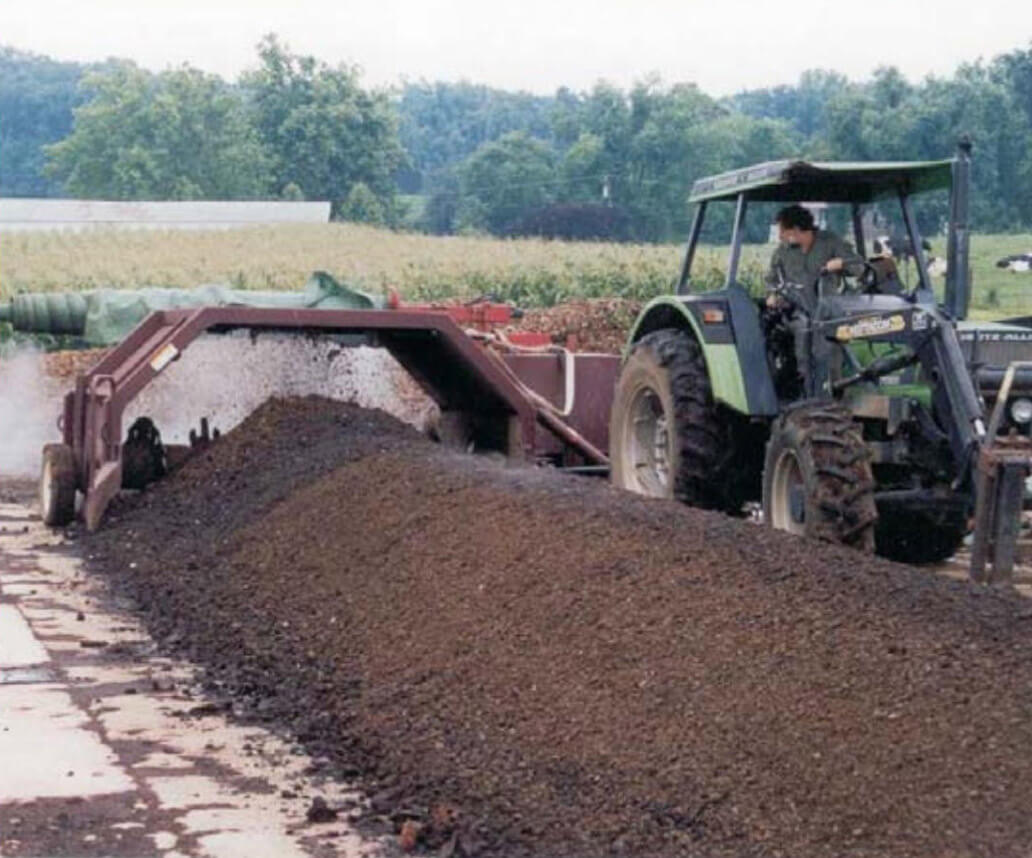
Poultry litter or layer manure is most often land applied to pastures and crops for its value as an organic fertilizer. We know from long experience how beneficial this practice can be when soil and manure nutrient testing are integrated with crop nutrient needs to determine the amount and timing of the application. This integration…
-
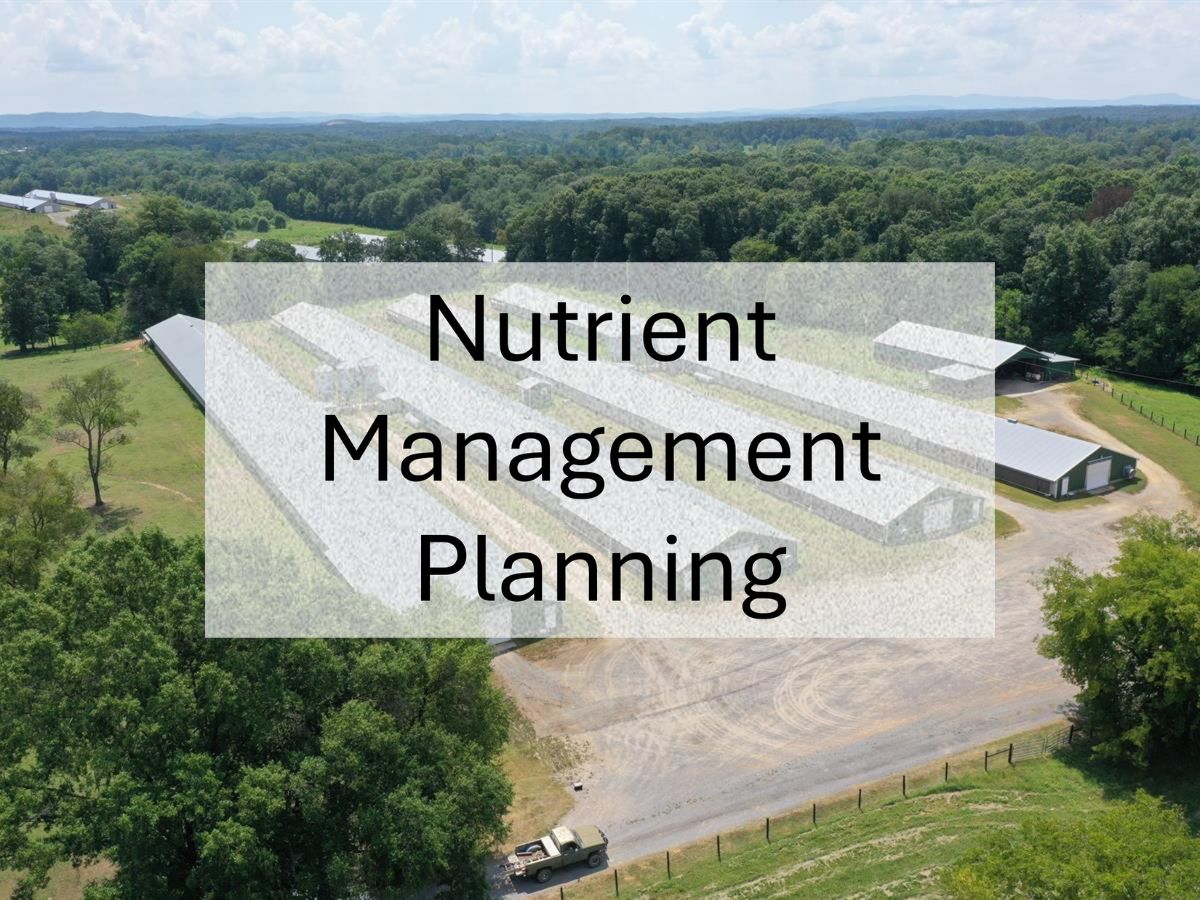
Land application, especially field spreading, is in most cases the best use of poultry manure and litter. It recovers nutrients that would otherwise be lost, improves yield, and reduces the possibility of releasing this material to water and the environment.
-
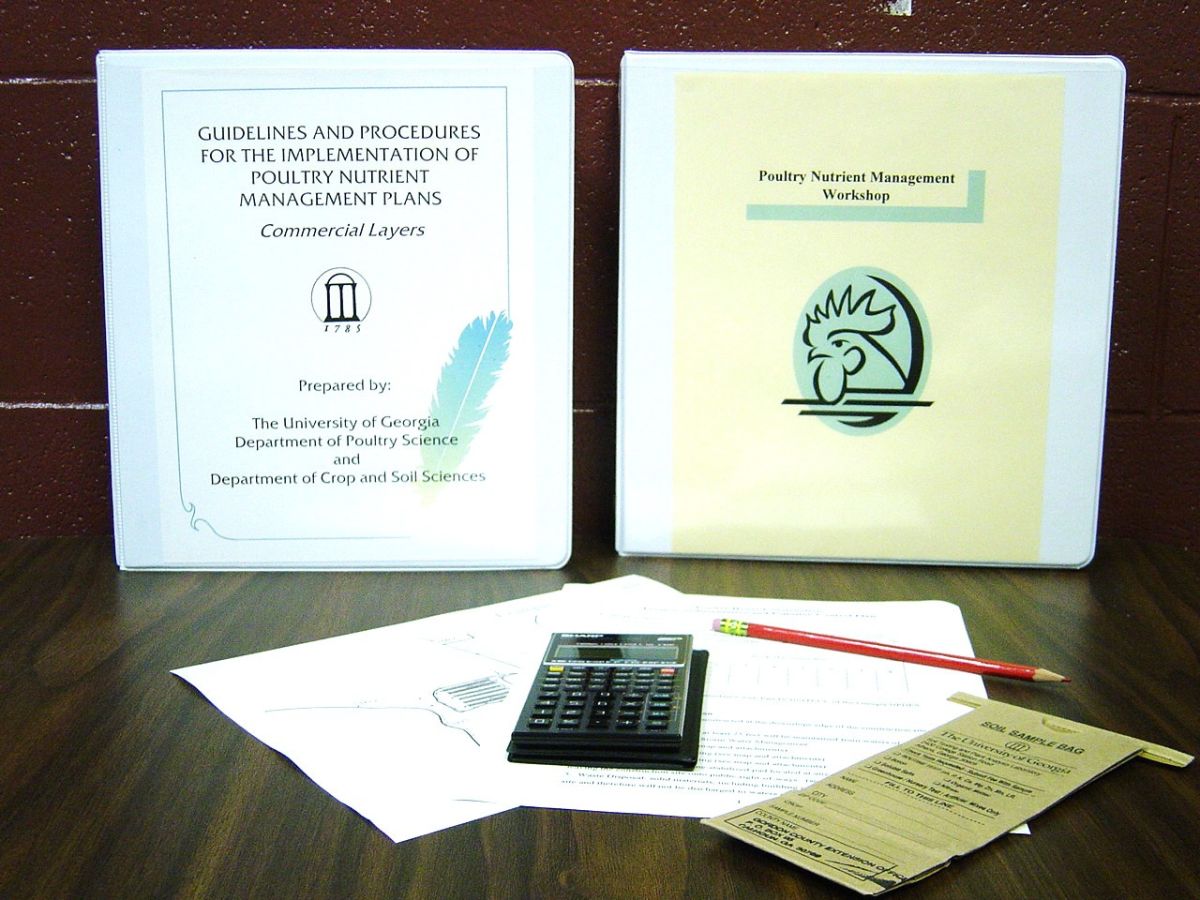
Successful farmers have always been concerned about soil and water quality. Today more than ever, achieving this goal requires not only commitment but hard work. It may be true that farmers, growers, and other producers would not usually call government regulations “helpful.” However, the federal, state, and local regulations that apply to poultry and other…
-
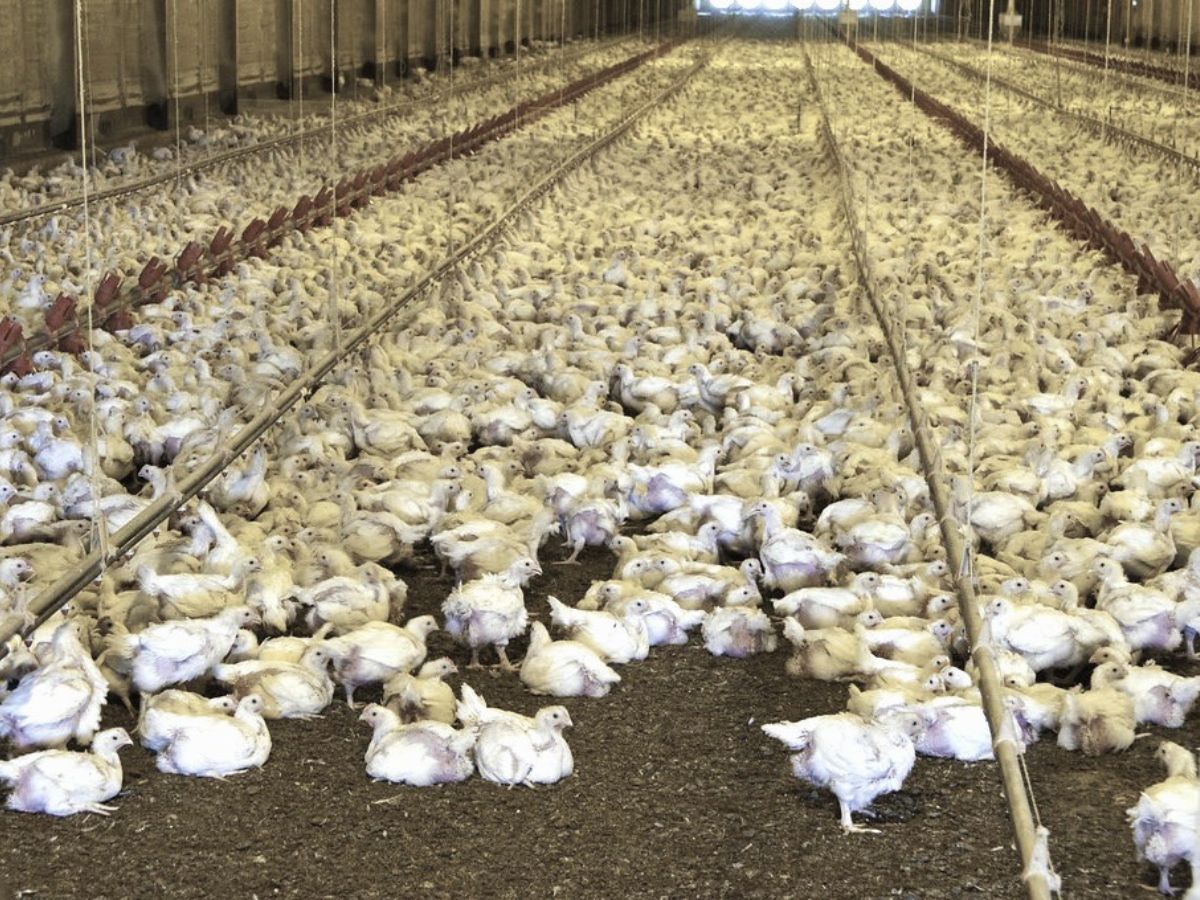
A poultry farm is a CAFO—concentrated animal feeding operation—if it meets one of the following conditions: Large CAFO Medium CAFO Designated CAFO: Regardless of size, any animal feeding operation can be designated a CAFO if the permitting authority finds that it is adding pollutants to surface waters. All CAFOs must have permits, usually issued by…
-
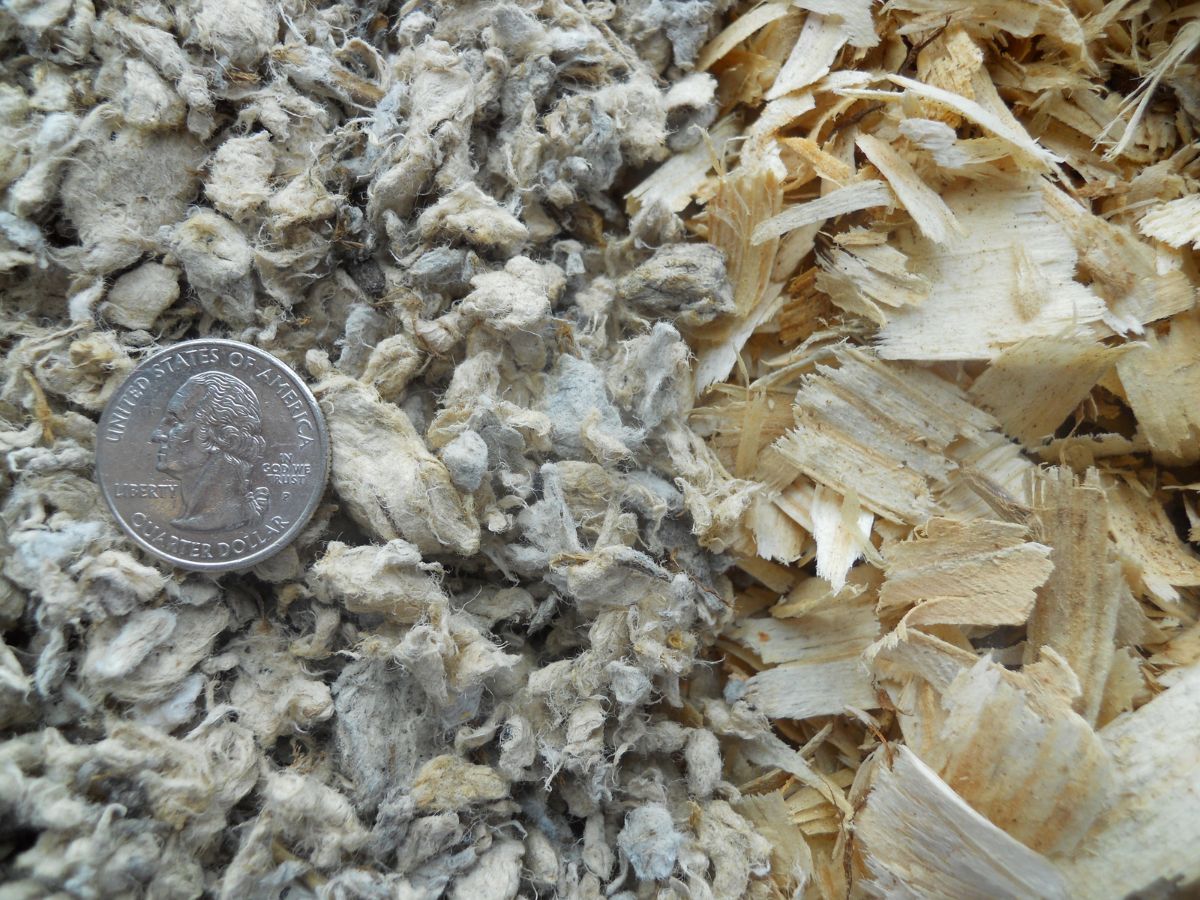
In the Near East (Morocco), straw is the conventional poultry litter. Recent drought conditions, however, have depleted supplies, forcing growers to pay more and settle for less — or find alternatives. This story is repeated in many regions: the conventional bedding materials and the cause of the shortage may vary, but the race is on…
-
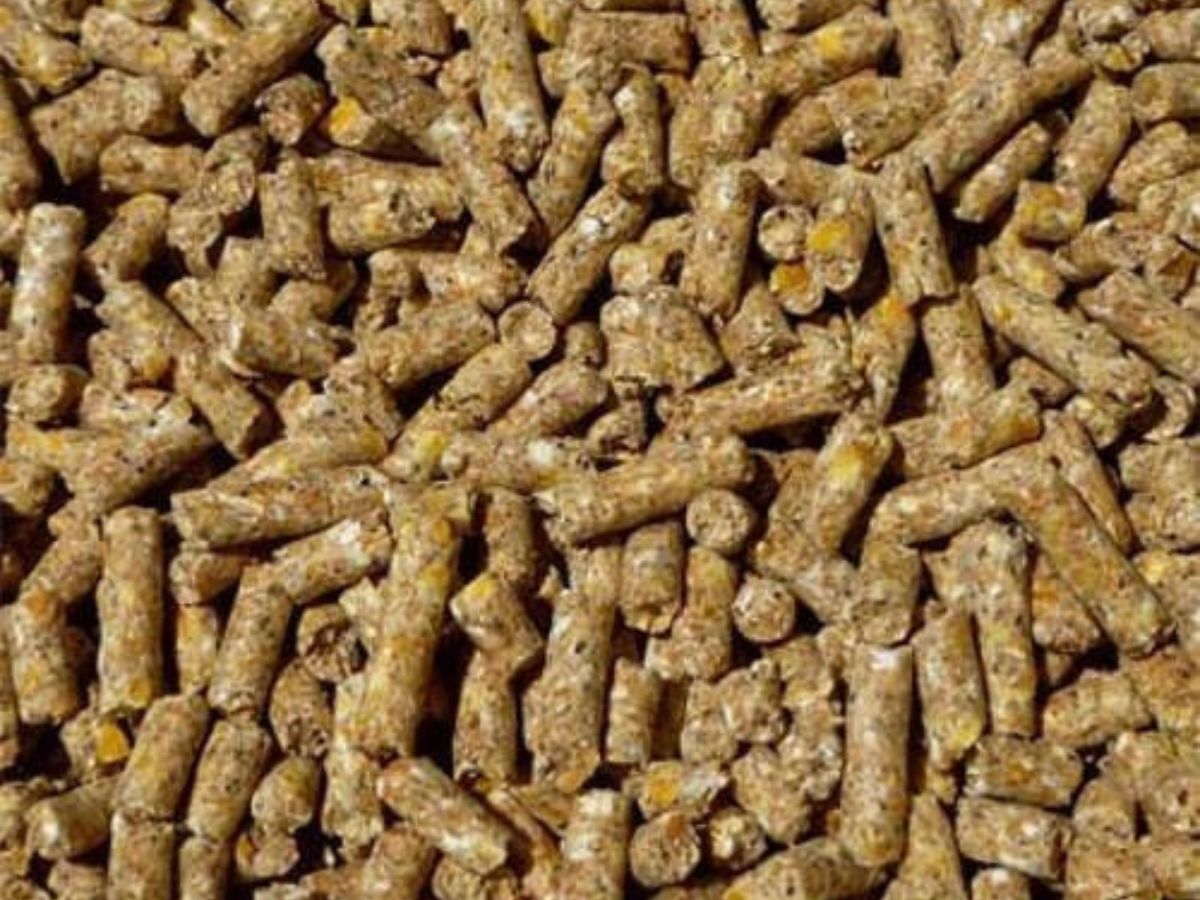
Improving nutrient utilization has continued to be a high priority for the poultry industry. This has been addressed through several avenues that include genetic selection of meat birds with better nutrient utilization; precision nutrition to more efficiently address nutrient requirements; improved understanding of ingredient value; and utilization of enzymes to increase the digestibility of feedstuffs.
-
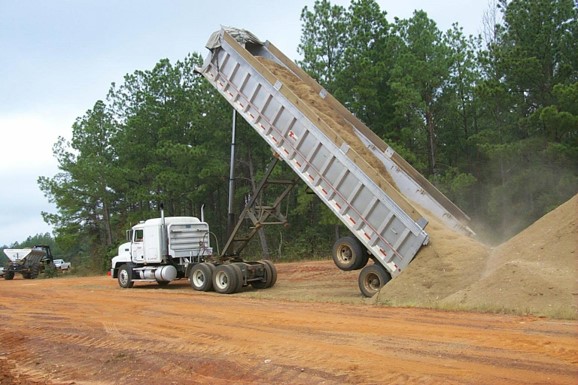
The structure of animal agriculture in the U.S. has changed dramatically over the past three decades. The poultry industry today is highly vertically integrated, resulting in increased issues with the utilization and disposal of animal waste. Enormous amounts of nutrient rich animal manures are often produced in relatively concentrated regions. Managing large quantities of poultry…